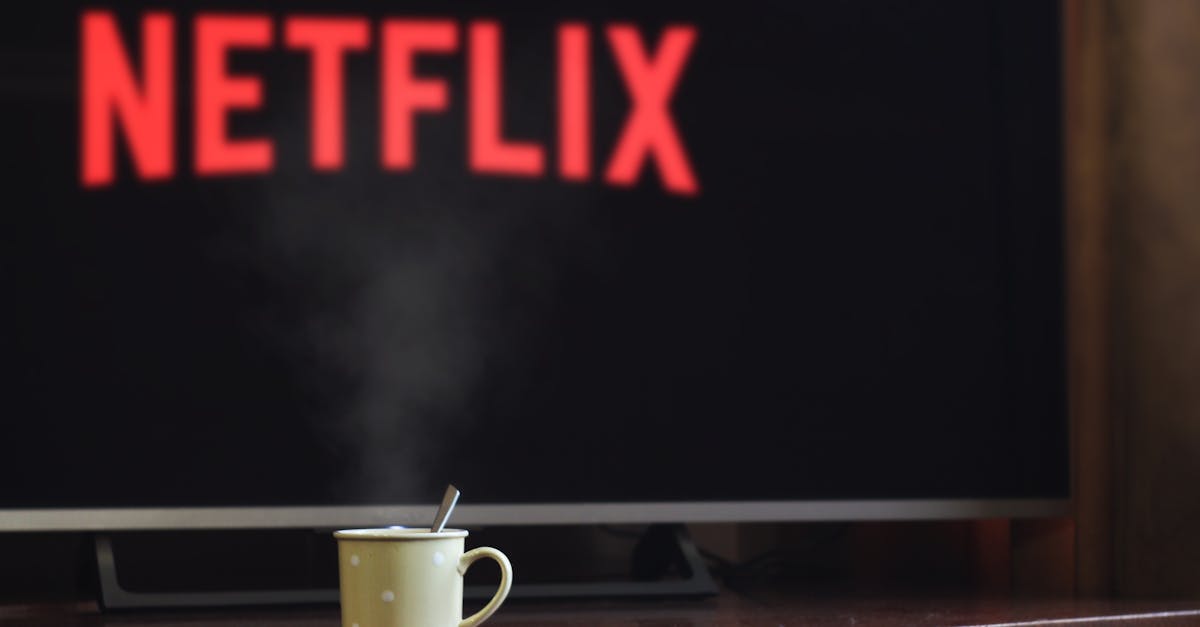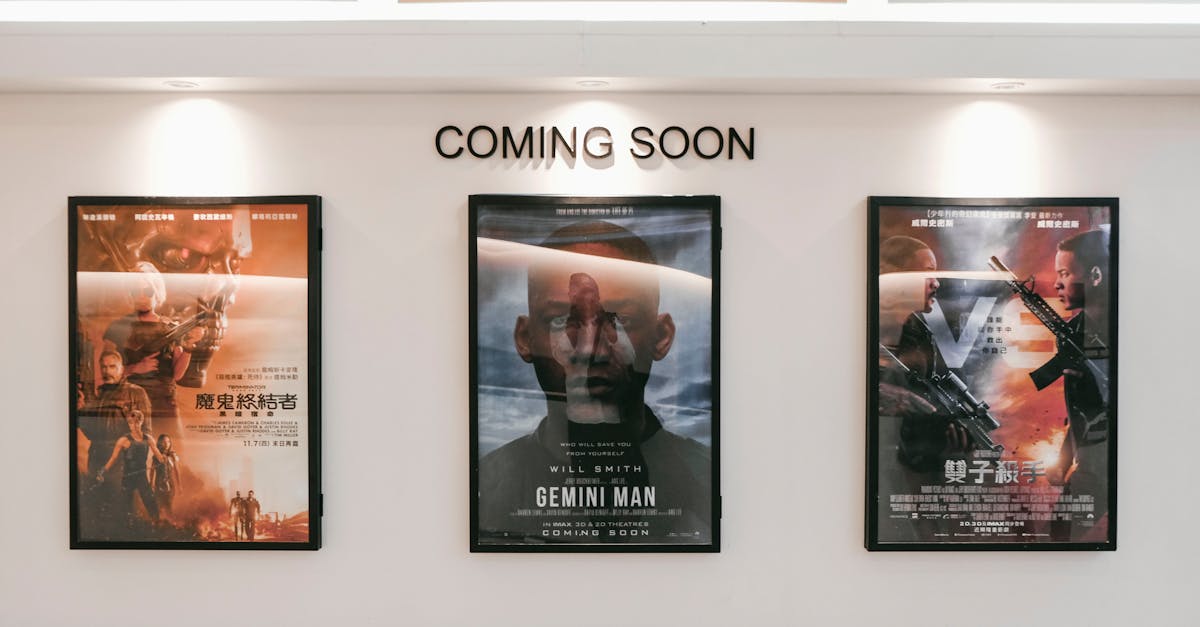Streaming Era Movie Theater Synergy
Introduction
The advent of streaming platforms has transformed the entertainment landscape, ushering in an era of on-demand content. Yet even with this shift, movie theaters have not become obsolete; instead, a synergy has emerged between the two. But what does this new relationship between movie theaters and streaming services look like? How have these once-competing sectors found harmony in a digital age? Understanding their co-existence reveals much about consumer preferences and modern media consumption. This article explores how theaters and streaming services have adapted to mutual benefit, crafting a new era of entertainment.
Advertisement
The Streaming Revolution
Streaming services have revolutionized how audiences access content, offering unparalleled convenience and choice. Platforms like Netflix, Amazon Prime, and Disney+ provide vast libraries of films and shows accessible anytime, anywhere with an internet connection. These services offer customizable viewing experiences, appealing to diverse tastes and interests. Meanwhile, binge-watching has become a cultural norm, allowing audiences to consume entire series in single sittings. Such changes emphasize a shift towards personalized viewing rather than one-size-fits-all content. Nevertheless, this revolution urges traditional movie theaters to innovate to remain relevant in the digital age.
Advertisement
The Evolution of Movie Theaters
While streaming services thrive, movie theaters have adapted by enhancing the in-person viewing experience, making it more exclusive and appealing. Theaters now offer luxury seating, improved concessions, and advanced cinematic technology like IMAX and 4DX. Special screening events, such as film festivals and director Q&As, draw audiences seeking more than just a movie. Cinemas have also ventured into live broadcasting, extending their reach to fans of global events like the Met Opera or major sports finals. By creating unique selling points, theaters maintain a loyal patronage and continue to attract audiences.
Advertisement
Complementary Dynamics
The relationship between streaming services and theaters is not purely antagonistic; rather, they can complement each other. Limited theatrical releases can generate buzz and exclusivity around a film before it hits streaming platforms. Films that perform well in theaters often receive heightened demand on streaming platforms upon release. Cooperation is also evident in shared promotional efforts and simultaneous releases, providing audiences with flexible viewing options. These strategies highlight how streaming and theatrical experiences act as symbiotic avenues for content distribution, benefitting both industries.
Advertisement
Impact on Filmmaking
The interplay between movie theaters and streaming services has also transformed filmmaking processes. Directors now create content with multiple screens in mind, acknowledging that a film may be consumed in a theater or at home. Filmmaking budgets accommodate both blockbuster spectacles designed for the big screen and more intimate narratives for home viewing. As diversity in storytelling expands, there's a broader acceptance of various film lengths and formats. This evolution showcases the adaptability of the film industry in meeting the changing demands of contemporary viewers.
Advertisement
Changing Audience Preferences
Audiences today enjoy unprecedented access to content, leading them to become more discerning about how and why they choose to watch films. While many appreciate the groundbreaking convenience of streaming, others cherish the communal experience of theaters. Families might opt for theater outings due to the immersive environment, while films with niche appeal thrive on streaming platforms. The choice of venue often hinges on personal preferences influenced by film genre, mood, and accessibility. This nuance in viewing habits indicates that neither platform may completely replace the other, each offering distinct benefits.
Advertisement
Economic Opportunities
The synergy between streaming platforms and theaters has introduced new economic opportunities. Hybrid distribution models boost revenue streams for production companies and involve stakeholders in lucrative partnerships. First-run theatrical releases can generate box office revenue while increasing anticipation for upcoming streaming releases. Furthermore, this synergy promotes job creation across industries, including technology, marketing, and creative sectors. An economically balanced ecosystem emerges, reflecting the impacts of cross-platform strategies that cater to evolving consumer habits.
Advertisement
Challenges and Adaptations
Despite the synergy, tension does occur as both sectors face unique challenges. Theaters struggle with the immediacy of streaming, affecting box office sales. In response, theaters emphasize the experiential aspect of watching films on the big screen. To balance fair competition, some industry giants call for theatrical windows or exclusive periods before a film gets streamed. Meanwhile, streaming platforms contend with subscription fatigue and seek new monetization methods to sustain long-term growth. Addressing these challenges is crucial for both sectors in maintaining their viability.
Advertisement
Future Trajectories
The future of this synergy hints at continued innovation and cooperation between streaming services and theaters. As both sectors serve different but overlapping markets, they can learn from each other's successes and shortcomings. Emerging technologies, such as virtual reality and interactive content, may offer unprecedented opportunities for collaboration and expansion. Sustainability practices and shared distribution costs may further tighten bonds, ensuring the evolution aligns with audience values. Ultimately, industry adaptability will shape their future trajectory in an increasingly digital world.
Advertisement
Conclusion
In this era of rapid technological advancement, the synergy between streaming services and movie theaters demonstrates adaptability and resilience. Both sectors continue to engage audiences by aligning with consumer desires, leveraging strengths through cooperation. As they move forward, their coexistence in entertainment means that diverse forms of content consumption will flourish, serving ever-evolving viewer needs. With both industries thriving, audiences have more choices than ever before, illustrating that, in the world of entertainment, harmony, rather than rivalry, prevails. This dynamic relationship heralds a new age of cinematic excitement and possibility.
Advertisement








